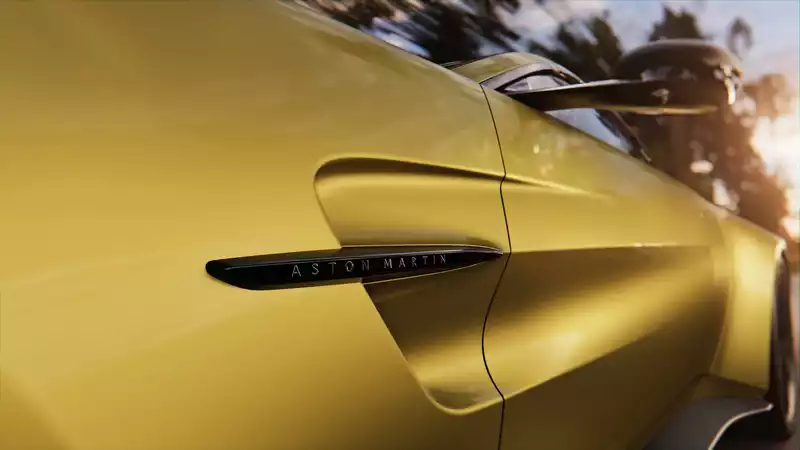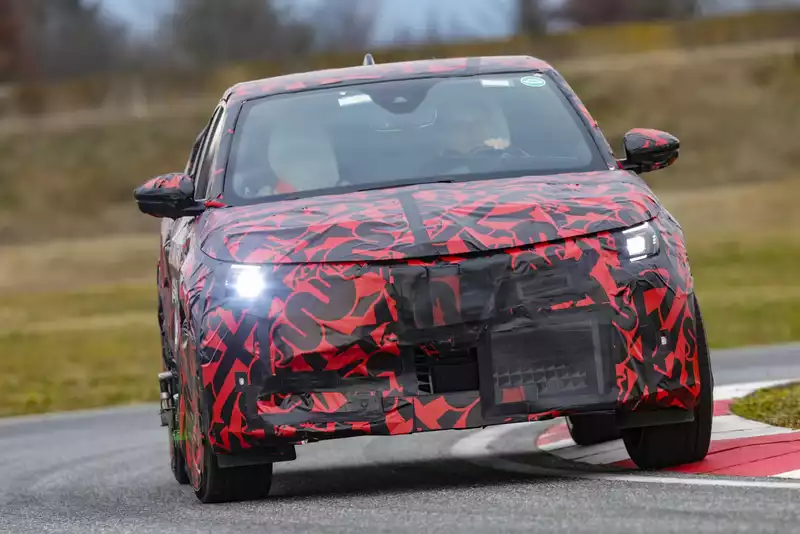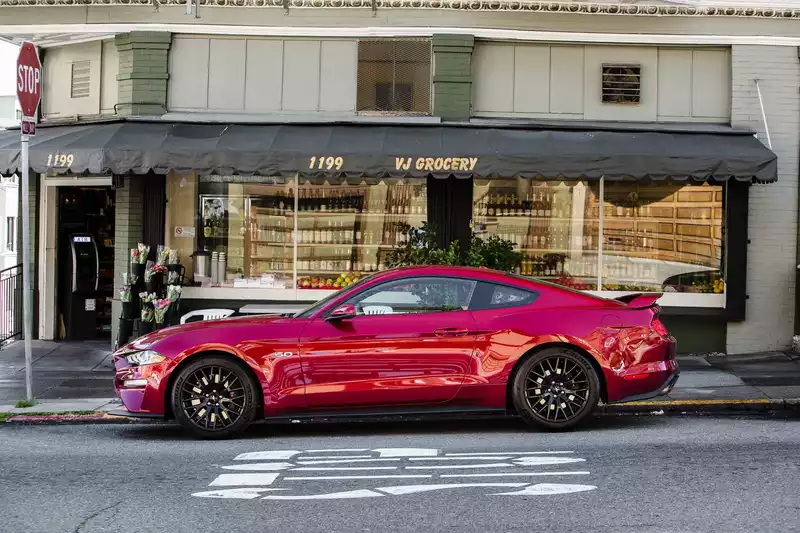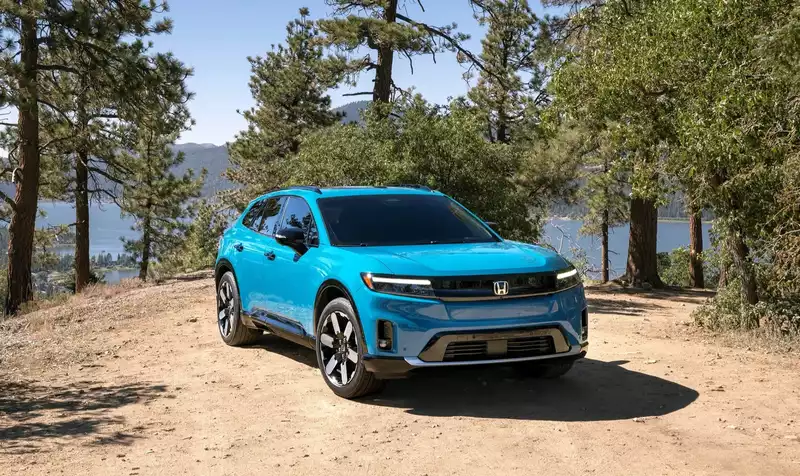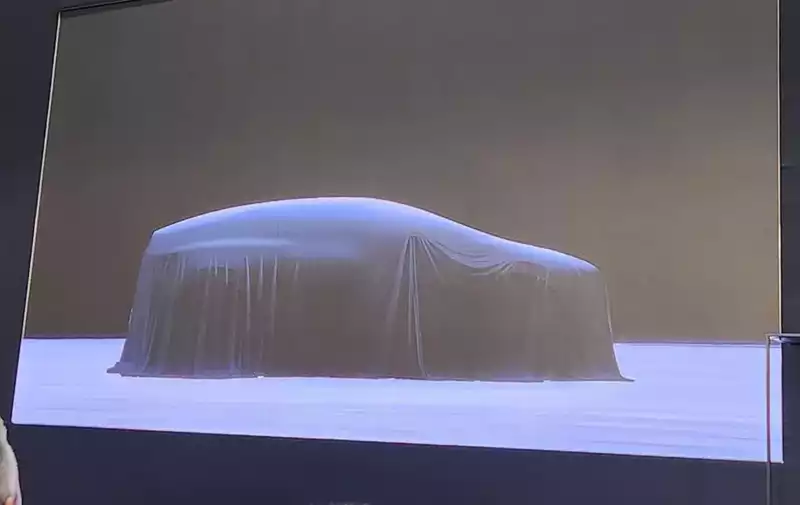Cadillac Super Cruise will soon be able to change lanes.
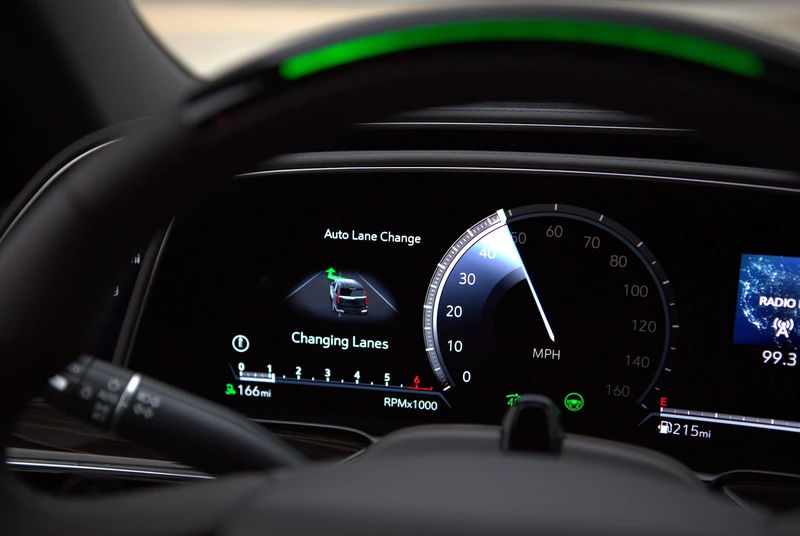
If hands-free driving is the future of luxury, Cadillac is currently leading the way and looking to add more features to its system.
On Tuesday, General Motors' luxury division announced that it will upgrade its Level 2 system, the Super Cruise driver assistance system, to include a lane change feature. The upgraded Super Cruise system will first be available as an option on the 2021 CT4 and CT5, followed by the 2021 Escalade; it will be rolled out beginning in late 2020; and it will be available on the 2021 Escalade, the 2021 CT4, and the 2021 CT5.
An added feature to the Super Cruise hands-free driver assistance system, named Lane Change on Demand, will allow drivers to tap the turn signal stalk to tell the system to change lanes.
When the driver taps the blinker stalk, the system takes over and checks traffic conditions in front of, around, and behind the vehicle to determine if it is safe to change lanes at this time. If it is deemed safe, the Super Cruise system executes the lane change.
Throughout this process, the meter cluster informs the driver of the current system status and whether the lane change is initiated or completed.
According to SuperCruise chief engineer Mario Maiorana, SuperCruise has new rear sensors along with updated vehicle tracking software algorithms to ensure that the system will only change lanes when there is a sufficient gap.
Cadillac spokeswoman Ariana Kuhn said that CT6s with Super Cruise today cannot be upgraded to have lane change capability because they rely on GM's latest digital architecture for more electrical bandwidth and processing power confirmed to Motor Authority.
Besides the lane change feature, the latest Super Cruise update adds richer map data that allows the system to behave more like a human driver. The new map information will also improve the system's ability to handle highway interchanges and curves.
The lane change feature follows the 2019 Super Cruise upgrade, in which the system received 70,000 miles of new map data, bringing the total miles the system can use to 200,000. Note that the map data still only covers parts of the U.S. and Canada.

